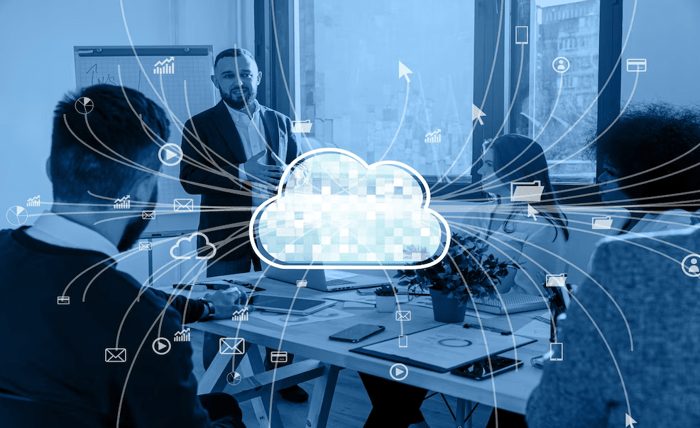Cyber attacks are changing in real time, and therefore real-time security event management is the biggest worry for organizations. SIEM technology with cloud solutions is a powerful shield against cyber attacks. The convergence enables the creation of threat detection, incident response, and compliance, thereby empowering organizations with an operational cybersecurity strategy.
Table of Contents
The Role of SIEM in Security Event Management
SIEM solutions gather, process, and correlate security-related information from a multitude of sources to provide real-time monitoring and response to threats. The main features of SIEM are:
SIEM solutions play a key role in security event management because they enable organizations to take full logging and analysis functionalities from applications, network devices, and servers to gather logs. Hence, it can analyze the collected logs of trends and anomalies that are indicative of potential threats before they evolve.
The other thing is that SIEM tries to improve threat detection and incident response by implementing correlation to identify security incidents and automated alerts to mitigate the threat in real time. The threats in this proactive way are before substantial damage. In addition, SIEM complements compliance and reporting by joining security practice to security in regulatory requirements like GDPR, HIPAA, and PCI-DSS. This produces detailed audit reports and compliance tests, ensuring organizations meet industry standards while still enjoying a robust security posture.
Cloud SIEM Integration with Cloud Services
Cloud SIEM solutions provide scalability, flexibility, and advanced security features. The greatest benefits are:
Perhaps the best example of a truly elastic, high-performance appliance is the cloud-based SIEM. Organizations can now capture vast amounts of security data, in real-time processing, instead of using on-premise software systems limited by hardware. Cloud SIEM automatically scales out when there is additional demand for security, as opposed to investing in new physical infrastructure, helping organizations put them on a healthy path to adapt their security requirements of networking growth without compromising the efficiency and effectiveness of security event management. By efficiently handling massive volumes of logs, alerts, and security events at once, cloud SIEM ensures that no threat is left unexplored, but instead bolsters an organization’s overall security posture.
Cloud SIEM forecasts and acts on future security threats, besides scalability, with predictions powered by artificial intelligence and machine learning-as-a-service threat intelligence. By pattern analysis and anomaly detection, these intelligent systems can identify malicious activities before they grow into mega breaches. Global threat intelligence feeds also create that add-on layer of protection by sending real-time updates regarding new threats emerging globally to counter the efforts of cybercriminals. Cloud SIEM also turns out to be cost-efficient, since there will no longer be a need for pricey hardware to be put on-site and constant attention, so operational expenses decline while continuing to provide optimized security performance. Apart from everything that cloud SIEM already provides, it guarantees enhanced security and availability of data through redundancy and disaster recovery measures. By monitoring continuously across distributed networks, organizations get real-time insight into security events covering all endpoints no matter where they are.
SIEM and Cloud Security for Effective Management of Events
Security event management features need to be optimized by:
Deploy a Cloud-Based SIEM Solution – Select a vendor that provides scalability, AI-based analytics, and real-time monitoring.
Collecting Threat Intelligence – Use external threat intelligence feeds to boost the detection and response.
Automating Response – Use automated activities to lower the response time and the severity of security incidents.
Aligning Compliance – Use SIEM to obtain industry compliance and provide audit-compliant reports.
Continuously Monitor and Adjust – Regularly update correlation rules, keep monitoring threat trends, and adjust security configurations.
Conclusion
With the growing sophistication of cyber attacks, firms require a combined security strategy. The use of SIEM and cloud computing proves beneficial in solving security problems in real time, predicting threats, acting on them automatically, and fulfilling requirements. The combined solution of the two solutions makes the firms safer and more proactive in combating future cyber attacks.



